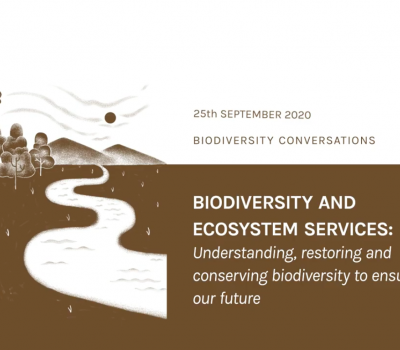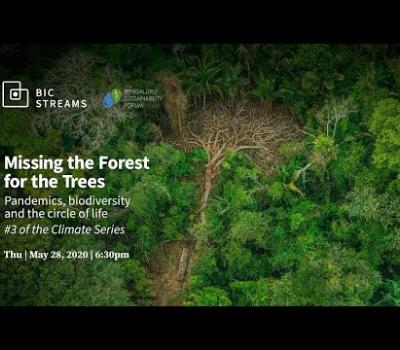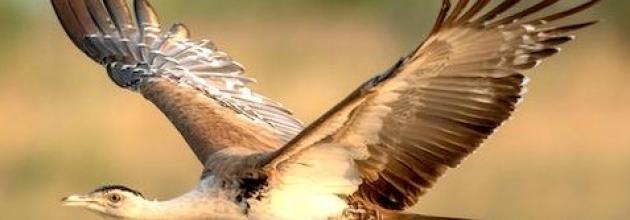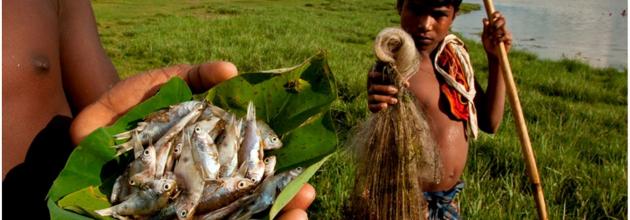Ecosystem Services
This programme endeavours to identify, quantify and map key ecosystem attributes and functions that underpin ecosystem services which in turn sustain the well-being of millions of people across diverse biomes such as rain forests, flood-plains, rivers and estuaries and Himalayan forests. The programme is also designed to monitor species interactions, particularly of mobile pollinators and seed dispersers, and interactions between invasive and native biota.


![Sarus cranes in Delhi’s Najafgarh wetland [Image by Neha Sinha]](/sites/default/files/styles/pro_article_big/public/article_images/Flamingo-silhouette-2-1024x683.jpg?itok=RjbosT9F)







